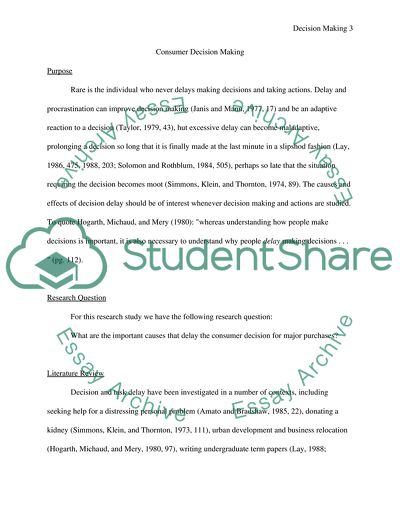Cite this document
(Consumer Decision Making Research Paper Example | Topics and Well Written Essays - 2205 words, n.d.)
Consumer Decision Making Research Paper Example | Topics and Well Written Essays - 2205 words. Retrieved from https://studentshare.org/marketing/1707067-consumer-decision-making
Consumer Decision Making Research Paper Example | Topics and Well Written Essays - 2205 words. Retrieved from https://studentshare.org/marketing/1707067-consumer-decision-making
(Consumer Decision Making Research Paper Example | Topics and Well Written Essays - 2205 Words)
Consumer Decision Making Research Paper Example | Topics and Well Written Essays - 2205 Words. https://studentshare.org/marketing/1707067-consumer-decision-making.
Consumer Decision Making Research Paper Example | Topics and Well Written Essays - 2205 Words. https://studentshare.org/marketing/1707067-consumer-decision-making.
“Consumer Decision Making Research Paper Example | Topics and Well Written Essays - 2205 Words”, n.d. https://studentshare.org/marketing/1707067-consumer-decision-making.


